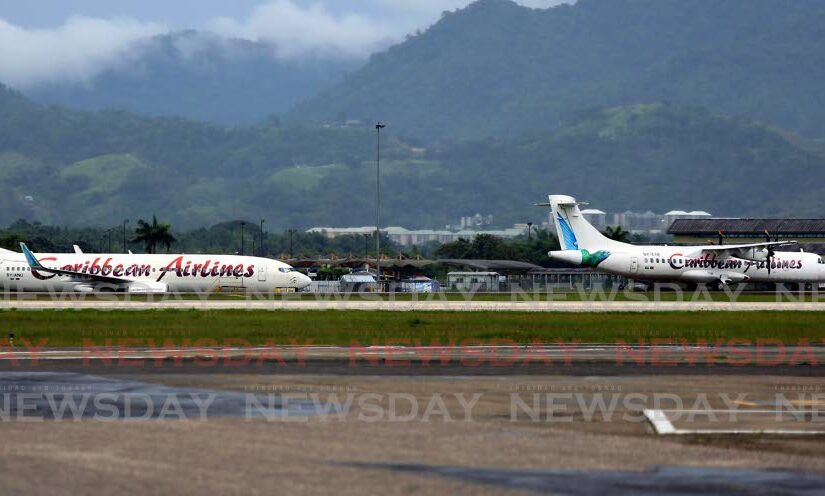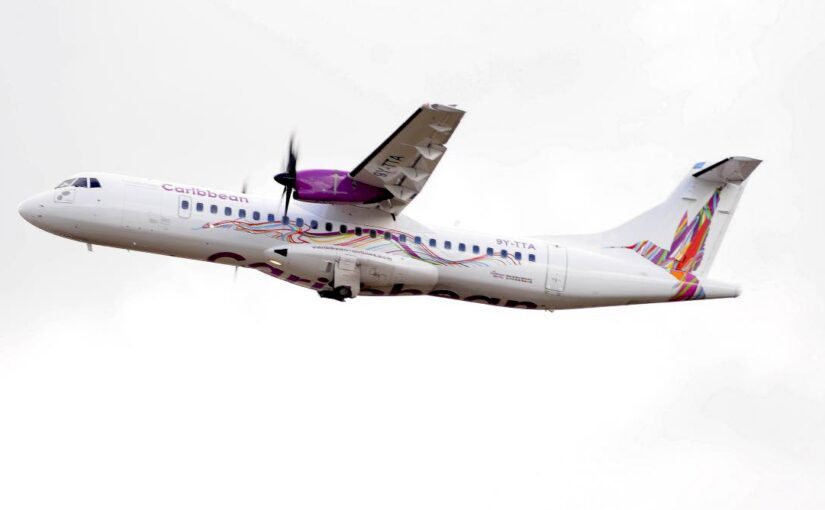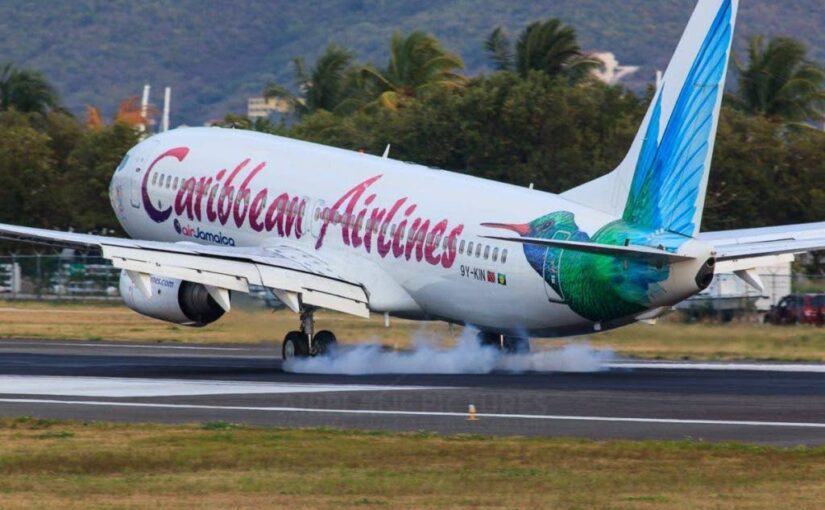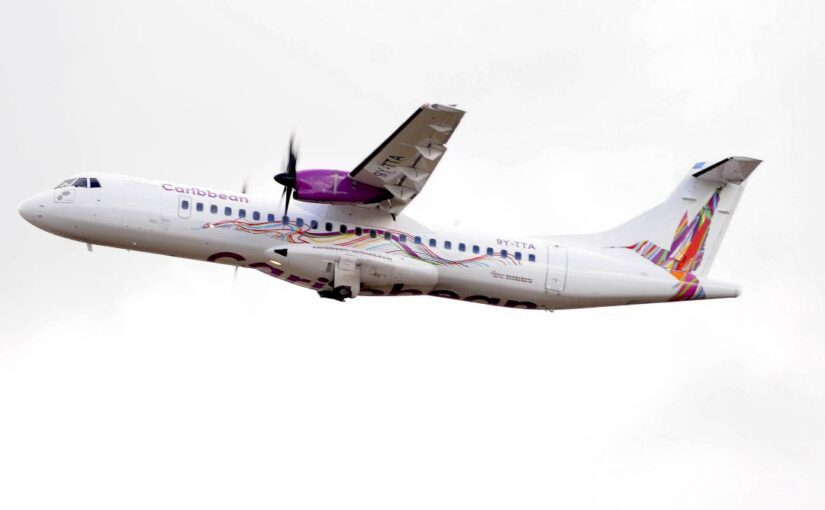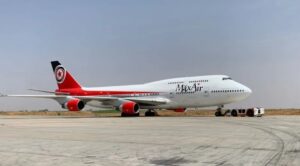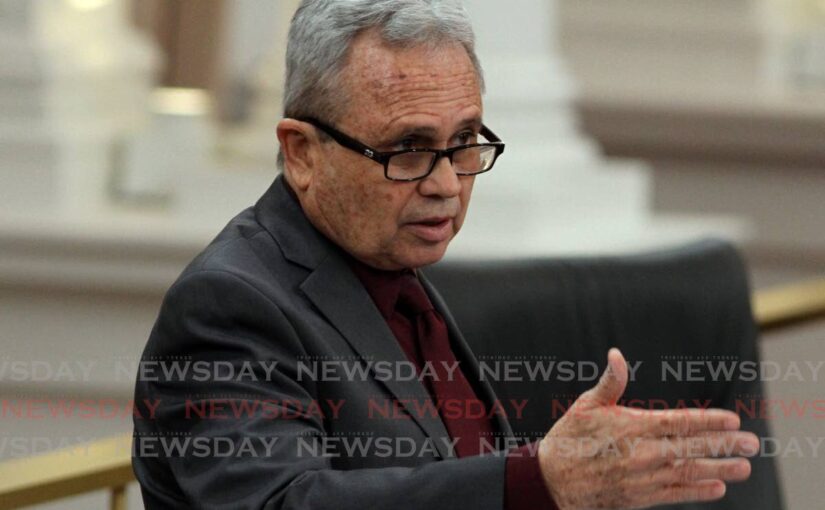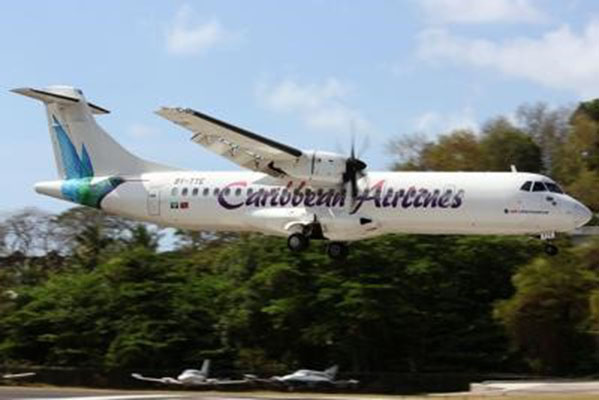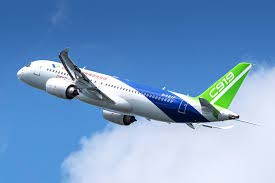The Caribbean Airlines (CAL) pilot and crew onboard the plane that made an emergency landing in Trinidad on the night of January 27, en route from...
Vous n'êtes pas connecté
- English
- Français
- عربي
- Español
- Deutsch
- Português
- русский язык
- Català
- Italiano
- Nederlands, Vlaams
- Norsk
- فارسی
- বাংলা
- اردو
- Azərbaycan dili
- Bahasa Indonesia
- Հայերեն
- Ελληνικά
- Bosanski jezik
- українська мова
- Íslenska
- Türkmen, Түркмен
- Türkçe
- Shqip
- Eesti keel
- magyar
- Қазақ тілі
- Kalaallisut ; kalaallit oqaasii
- Lietuvių kalba
- Latviešu valoda
- македонски јазик
- Монгол
- Bahasa Melayu ; بهاس ملايو
- ဗမာစာ
- Slovenščina
- тоҷикӣ ; toğikī ; تاجیکی
- ไทย
- O'zbek ; Ўзбек ; أۇزبېك
- Tiếng Việt
- ភាសាខ្មែរ
- རྫོང་ཁ
- Soomaaliga ; af Soomaali
Rubriques :
 Maroc - NEWSDAY.CO.TT - A la Une - Aujourd'hui 08:09
Maroc - NEWSDAY.CO.TT - A la Une - Aujourd'hui 08:09
Managing aircraft incident, accident investigations
Between January 22 and 27, there were two incidents involving Caribbean Airlines Ltd (CAL) ATR 72-600 aircraft. The first incident occurred on January 22, when, on arrival at ANR Robinson International Airport from Adams International Airport, Barbados, ground personnel discovered one of the aircraft’s two nose wheels was missing. It was subsequently found in a remote area in Barbados. In the second incident, on January 27, an aircraft on a flight from ANR Robinson International Airport experienced a flameout of one of its two engines during the final approach into Piarco International Airport. CAL’s line minister Colm Imbert later told the Senate the flameout was caused by the “inaccurate measurement of the amount of fuel in the left tank.” The ICAO Annex 13 defines an accident as an occurrence associated with the operation of an aircraft in which a person is fatally or seriously injured, the aircraft sustains damage or structural failure or the aircraft is missing or is completely inaccessible. Annex 13 also defines an incident as an occurrence, other than an accident, associated with the operation of an aircraft which affects or could affect the safety of operation. A serious incident is one in which circumstances indicate there was a high probability of an accident. The difference between an accident and a serious incident lies in the result. The first incident can be classified as serious, because there was a high probability of an accident, since the falling nose wheel could have caused fatal or serious injuries to people on the ground. The two incidents happened on the much politicised domestic airbridge and sparked a fury of comments from concerned people, social-media commentators and the media, all calling for investigations and audits into CAL operations. On January 30 both the Guardian and Newsday newspapers carried editorials on the incidents, both of which were a bit off course. The Guardian opinion stated in part, “In launching the investigation, CAL has responded to the second incident in accordance with international aviation standards. The airline must also ensure that the probe is thorough, quick and involves all of the parties concerned, including the aircraft’s manufacturer. At the end of the investigatory process, the resulting report must be laid in Parliament, so that it can be consumed and digested by the airline’s various publics.” While CAL has the right to do internal investigations into incidents and accidents, the director general of Civil Aviation (DGCA) has statutory responsibility and powers vested in him by the Civil Aviation ((No 14) Accident and Investigation) Regulations approved by Parliament to investigate all accidents, serious incidents and incidents of TT-registered aircraft, wherever an accident or incident occurs. The Newsday editorial said, “The airline needs to pay particular attention to the concerns raised by pilots about its aging ATR fleet.” Aircraft do age with calendar time, and hours and cycles flown. However, based on industry standards, the average age of CAL’s ATR 72 fleet falls well below the threshold for replacement due to ageing. An aircraft accident or incident provides evidence of hazards and deficiencies in the aviation system. A well-conducted investigation identifies all immediate and underlying systemic causes and/or contributing factors of the accident or incident. The investigation may reveal other hazards or deficiencies in the aviation system not directly connected with the causes of the accident. The emphasis of an aircraft accident or incident investigation shall be to determine why the accident or incident occurred and to make appropriate safety recommendations to avoid the hazards and eliminate the deficiencies. A prompt and properly conducted accident investigation is an important method of accident prevention. These investigations follow a format prescribed by the ICAO. Part 1 is collecting factual information such as history of the fight, injuries, damage to aircraft, personnel information on the flight crew and information on the maintenance and airworthiness of the aircraft. Also, during Part 1, data on meteorological information, navigational aids, aerodrome information, wreckage information, medical and pathological information is collected. Critical data from the cockpit voice recorder and the flight data recorder are retrieved in this phase. Part 2 is the analysis of all data collected to identify the hazards associated with the degraded performances of aircraft systems, nav aids, ATC, weather, aerodromes and flight-crew performance. The analysis also seeks to establish the linkages of the degraded performances, which, when combined, could have led to the accident or incident. Part 3 consists of conclusions based on the analysis of all data and includes contributory factors, the findings and the most probable cause(s). Part 4 consists of recommendations to prevent a recurrence of a similar nature. The recommendations can include design improvements, updated procedures and additional training. Part 5 consists of safety actions to be taken, and by whom, to give effect to the recommendations made in Part 4. The final investigation report will contain the most probable cause(s) of the accident or incident. Information made available to the media and the wider public on investigations must be carefully managed and based on hard facts and not on speculation, as it can become fodder for mischief. During the Civil Air Navigation Services Organization (CANSO) Latin America and Caribbean Conference hosted by the TTCAA from December 2-4, 2024, Robert Sumwalt, executive director of the Boeing Centre for Aviation and Aerospace Safety at Embry-Riddle Aeronautical University, led a training workshop on crisis communication for CEOs. Sumwalt was previously the chairman, vice chairman, and member of the US National Transportation Safety Board (NTSB), where he served from August 2006-June 2021.While at NTSB, Sumwalt was NTSB's on-scene spokesman for 35 major transport accidents. In Sumwalt's view, the way a crisis is managed, particularly with the media, can make, enhance or damage an organisation. He said to manage a crisis such as an aircraft accident effectively, advance preparation is required, which includes crisis-communications training. Videos of well-handled media briefings – and some that weren’t – were used during the workshop. Finally, while I worked with BWIA as director of flight safety and later during my 16-year tenure as the DGCA, BWIA/CAL was highly compliant with safety regulations. The post Managing aircraft incident, accident investigations appeared first on Trinidad and Tobago Newsday.
Articles similaires
CAL warns of spam: ‘No issues with Florida flights’
CARIBBEAN Airlines (CAL) has rubbished rumours suggesting issues with its flights departing from Miami and Orlando in Florida to Piarco. Dionne...
CAL’s aging ATRs
WE JOIN with the rest of the country in breathing a sigh of relief that the scary incident involving Caribbean Airlines (CAL) Tobago flight BW 1541...
NSIB Opens Probe Into Max Air Incident
The Nigerian Safety Investigation Bureau (NSIB) has announced that it has opened an investigation into an incident involving a Boeing 737-400...
B-737-400 aircraft incident: NSIB directs NCAA to inspect all Allied Air aircraft for mechanical, structural vulnerabilities
The Nigerian Safety Investigation Bureau (NSIB) has directed the Nigeria Civil Aviation Authority (NCAA) to inspect all Allied Air aircraft for...
CAL plane makes emergency landing at Piarco
A Caribbean Airlines (CAL) plane made an emergency landing in Trinidad on the night of January 27, en route from Tobago. There were no reports of...
Imbert: Fuel problem caused emergency landing on CAL flight
FINANCE Minister Colm Imbert says a problem involving fuel supply to the left engine of Caribbean Airlines (CAL) ATR 72-600 aircraft was the reason...
‘CAL aircraft have had multiple safety-related near misses’
(Trinidad Express) Trinidad and Tobago Airline Pilots Association (TTALPA) industrial relations representative Timothy Bailey says the association is...
Max Air Suspends Operations For 3 Months, Submit To Investigations
The Nigeria Civil Aviation Authority (NCAA) says it will be providing operational support to the Nigerian Safety Investigation Bureau in respect of...
China enters commercial jet aircraft market
The Commercial Aircraft Corporation of China Ltd (Comac), a Chinese state-owned aerospace manufacturer, entered the commercial jet aircraft market...
Les derniers communiqués
-
Aucun élément
